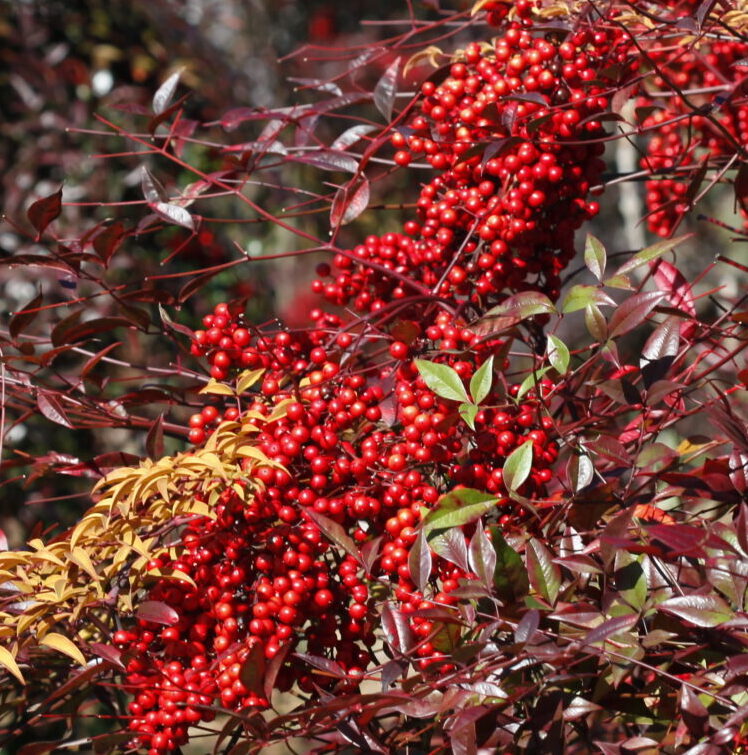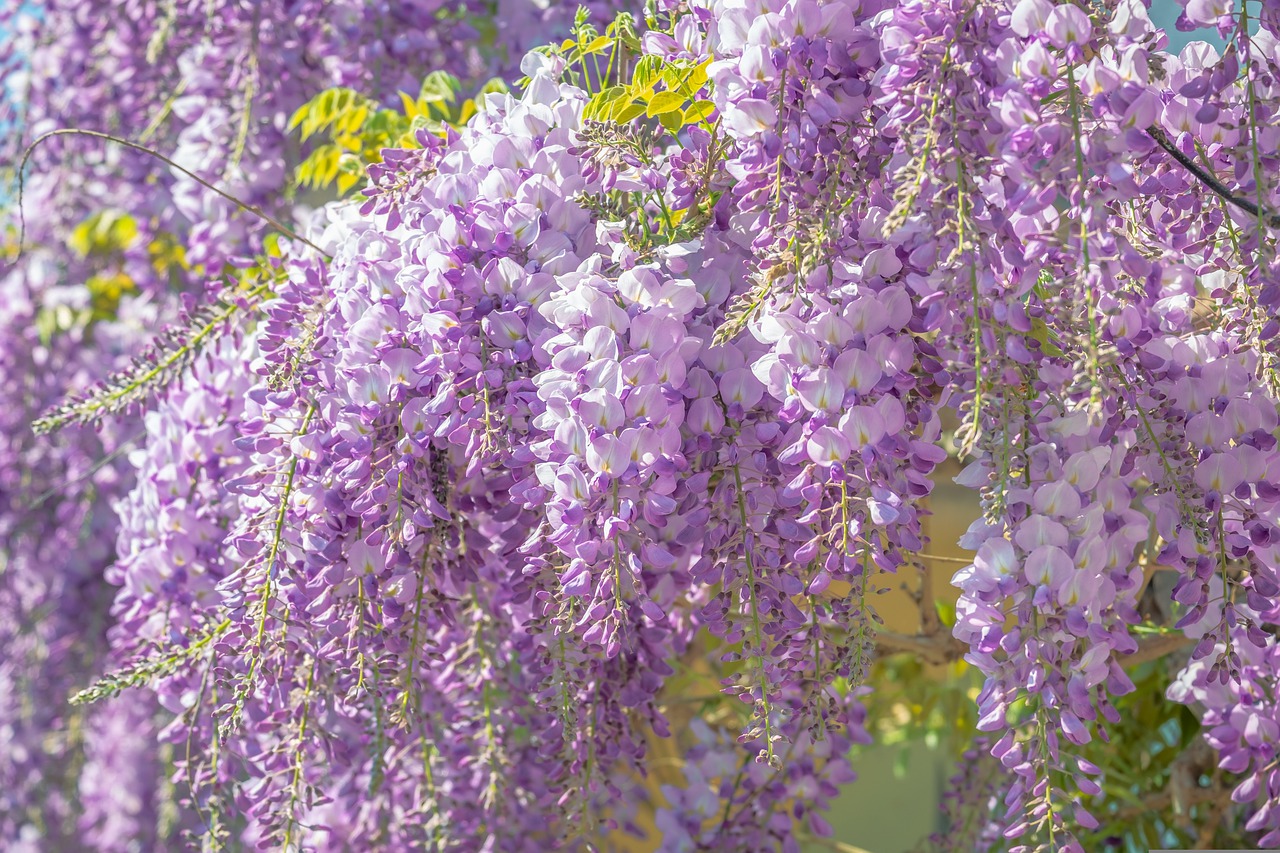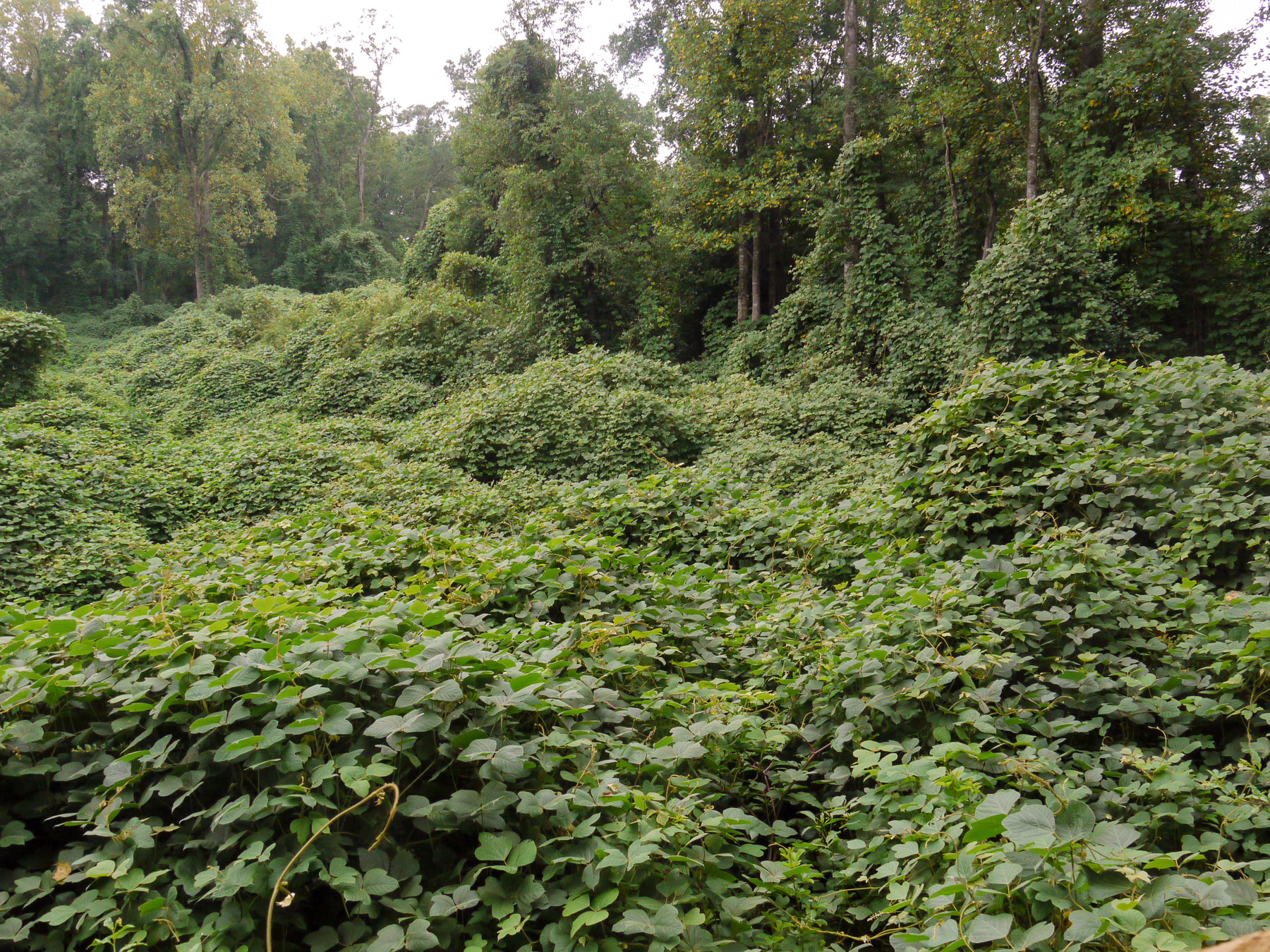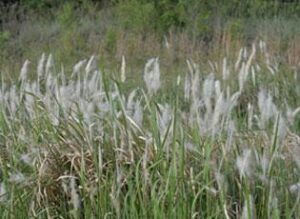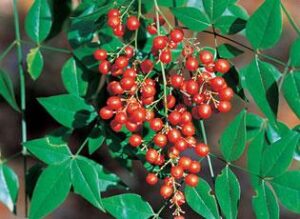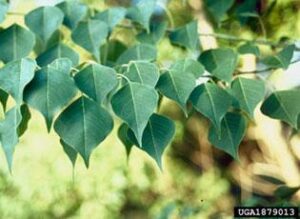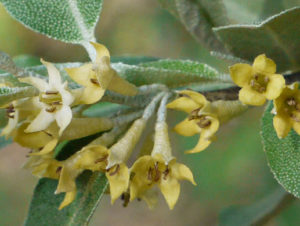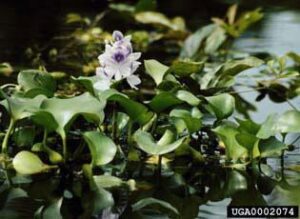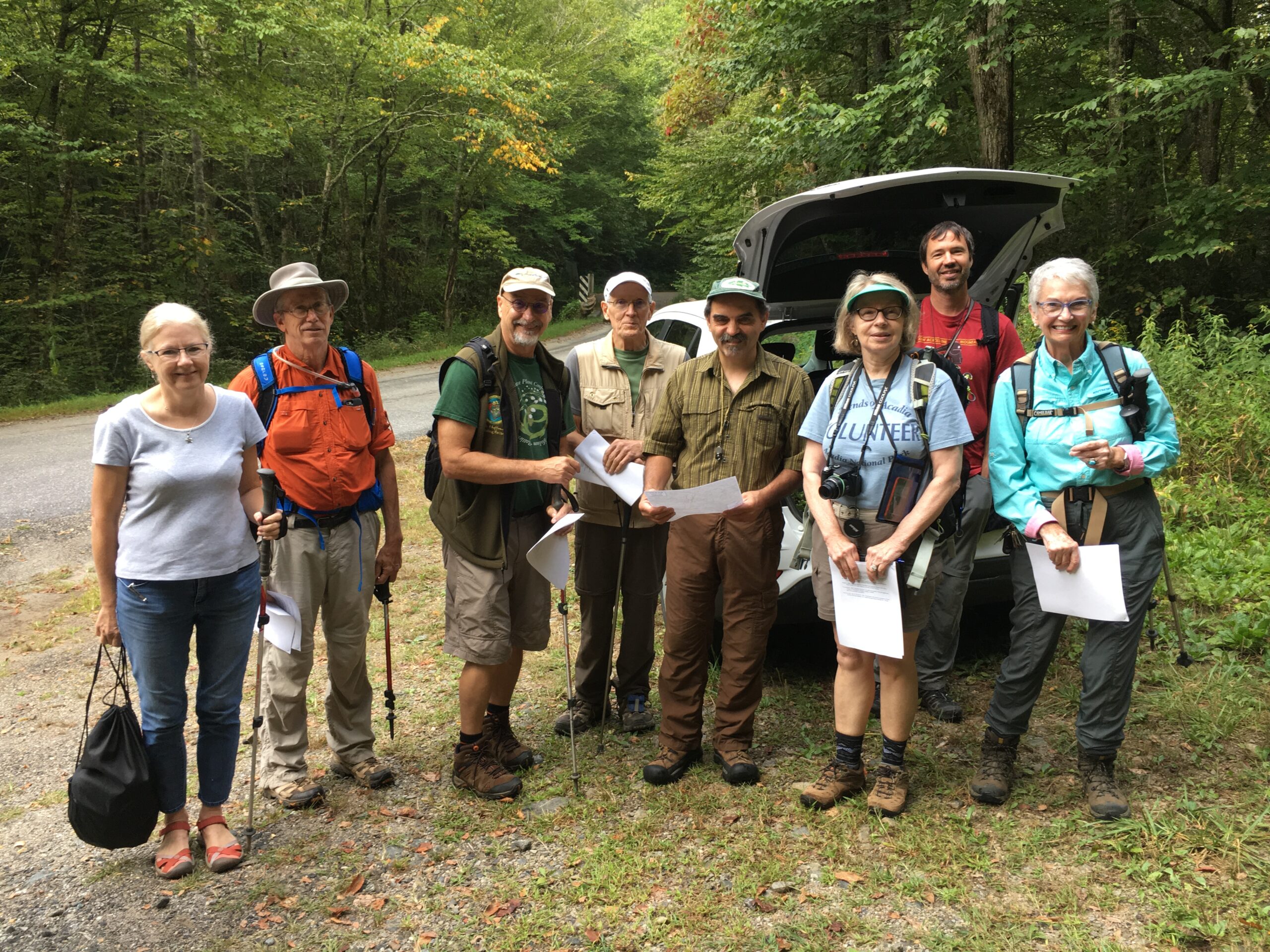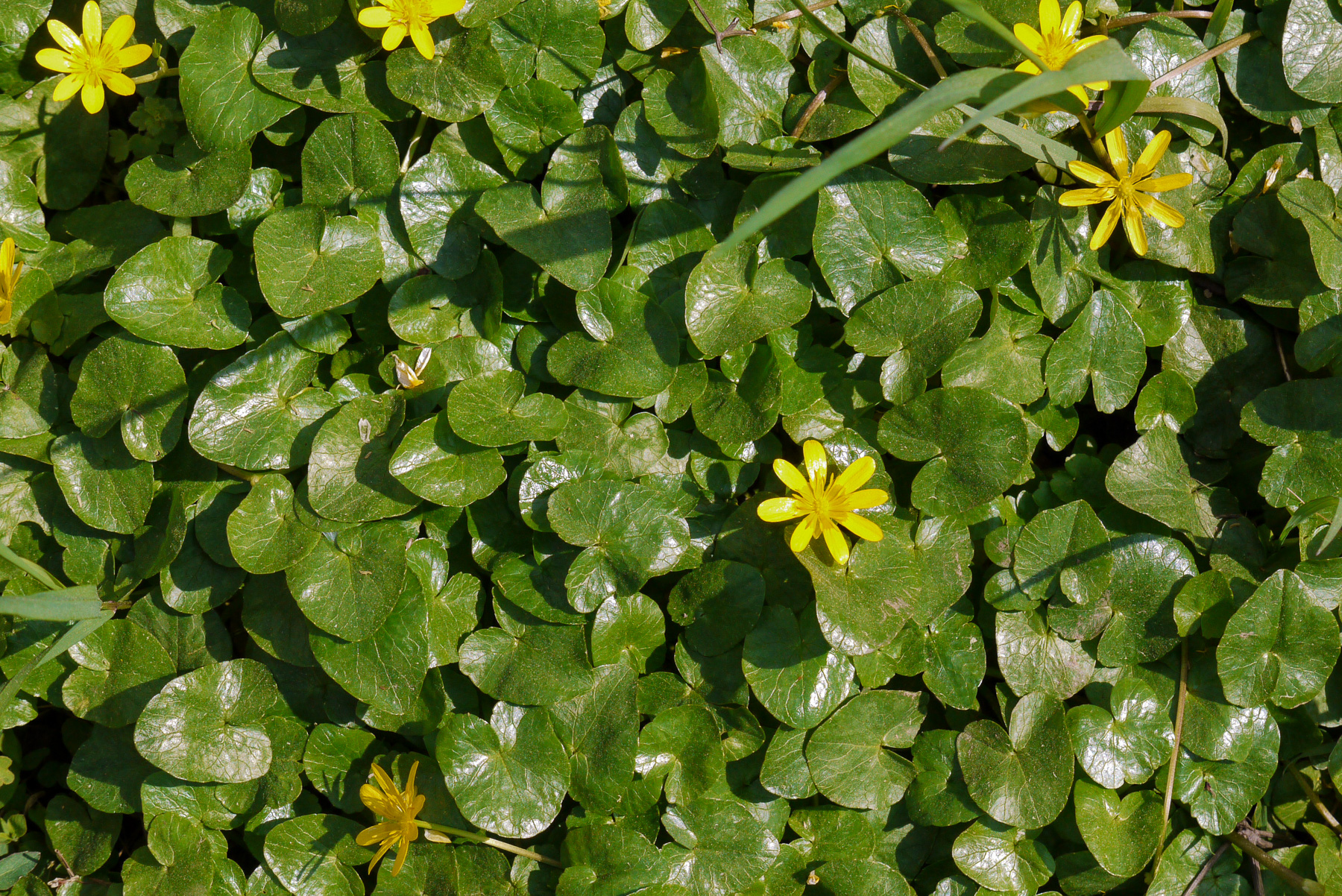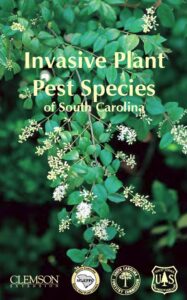Invasive Plant Species
Non-native Plants in South Carolina
Invasive species are non-native organisms that are detrimental to our natural areas or native flora and fauna. Managing these pests often costs landowners, land managers, and taxpayers millions of dollars each year. Invasive species contribute to the loss of habitat for native species and contribute to their declines.
The more you understand about invasive plants, the better you can help control and eradicate them. Here is some information on invasive species and how you can help.
Why Are Invasive Plants a Problem?
Native plant and animal communities evolved together over millennia. Native plants put out leaves just as native insects hatch, ready to eat new leaves. These insects, in turn, become food for birds returning from migration and beginning to raise broods, and for mammals. When too many exotic plants fill the landscape, this cycle of interdependence is disrupted.
The costs to manage the problem are overwhelming. Invasive weeds are the second-greatest threat to biodiversity and ecosystems after human-caused habitat destruction. Invasive vines choke trees by wrapping around their bark and depriving them of nutrients. Aquatic invasives have been known to disrupt water treatment systems, choke waterways, kill animal life and reduce the ability of a waterbody to hold excessive rainwater – eventually requiring the use of toxic sprays to keep it controlled. Without our intervention, invasives will out-compete local species, often depriving native insects, birds and other animals of a key food source. By reducing plant diversity, invasive species reduce the overall diversity of the ecosystem, and as many of us learned in school, “diversity = stability.”
How Did Invasive Plants Become a Problem?
The climate and wide variation in habitat types in South Carolina support a rich diversity of native plants throughout the state. This same rich environment can support many species of plants from around the world. In earlier times, limitations on movement such as oceans and mountain ranges kept species “in their place.” Once humans began traveling around the world and shipping plant material, exotic plants were traded and planted anywhere they would grow, often with weed seeds in tow.
Some exotic plants, like camellias, were introduced to beautify the landscape while others, introduced to fill a specific need, have produced far more negative than positive results. Kudzu (Pueraria), introduced to control erosion, is a prime example.
Without the natural controls found in their place of origin, invasive weeds move quickly into agricultural areas and wild lands. In the home garden they can become a significant weeding chore, but their infiltration into agricultural and natural areas is a disaster for land stewards, and a financial drain for both farmers and consumers. In natural landscapes, waterways and recreation areas are impacted by decreased quality of animal habitat and increased risk of wildfires as invasive weeds take over and crowd out native vegetation.
For more information about major types of invasive plants, read more below.
While kudzu is probably the South’s most famous vine, there are others of concern too. Wisteria is an aggressive invasive vine that takes over natural areas. While the purple flowers are certainly attractive, this woody vine can choke out forest edges and cause trees to lose limbs and sometimes break. Japanese climbing fern (Lygodium japonicum) is becoming more common in the Lowcountry, and can act as a fire ladder, helping fire to reach tree canopies and cause tree mortality and greater damage.
Many invasive grasses were brought to the U.S. as potential forage species to be grown for livestock. One of the worst invasive grasses is cogongrass (Imperata cylindrica). This invasive species has infested over half a billion acres worldwide, and threatens ecosystems here in South Carolina. This grass grows fast and in many different habitats, creating thick patches in which nothing else can grow. It chokes out native vegetation, reduces the growth of trees, and reduces biodiversity where it is established. It is very fire tolerant, and causes fire to burn so hot even trees that are adapted to fire (like longleaf pine [Pinus palustris]) can be killed. There is an aggressive monitoring and treatment program to keep cogongrass controlled in South Carolina. Japanese stiltgrass (Microstegium vimineum) is another invasive grass that is common in riparian areas and forest understories. Like cogongrass, this grass grows thick and chokes out native vegetation. Its seeds are spread when dirt or mud is moved by people, recreational vehicles, animals, or in water.
Privet (Ligustrum vulgare) is probably the most common invasive shrub in South Carolina. Its bright green leaves can be seen before most other plants early in the spring, and during this time it is quite evident how widespread this plant has become. Privet infestations choke out native vegetation and lead to many environmental issues. Privet can lead to decreased pollinator abundance and reduced tree growth, and can increase forest susceptibility to other insect and disease pests. There are several species of privet, including Chinese (Ligustrum sinense), Japanese (Ligustrum japonicum), and glossy (Ligustrum lucidum), and this plant is still widely planted in horticultural settings as hedgerows. Nandina domestica (also known as heavenly bamboo) is used widely across the state and has become highly invasive too. In the past, Nandina was not considered invasive, but recently many observations of Nandina growing in natural areas have been recorded.
Learn more about how a heavenly bamboo now threatens our native ecosystems in this essay by Doug Lockard.
Many invasive trees are established in South Carolina, including the Callery pear (Pyrus calleryana), mimosa tree (Albizia julibrissin), Chinaberry (Melia azedarach), and Chinese tallow (Triadica sebifera). These trees can quickly overtake natural areas, converting old fields or pastures into forests and costing the landowner thousands of dollars in management costs. Many of the invasive trees in our state were brought to the U.S. on purpose for horticultural reasons.
The Callery pear and its relative the Bradford pear, are quite likely our worst invasive trees. Bradford pears were once touted as sterile, but it turns out that if pollen from any other Pyrus species gets into Bradford pear flowers, the trees can make viable seeds. Those seeds are then eaten by birds and other animals and spread across the Southeastern landscape, contributing directly to one of the worst invasive plant species in the region — the Callery pear. This tree is common throughout the state, and has white flowers early in the spring, before almost anything else is blooming or has leaves. Fall foliage is a bright red.
While Bradford pears are thornless, the wild Callery pears are thorny, leading to injured livestock, injuries to people, and lost time and money due to punctured tires during land management operations. Because Bradford pears can lead to a proliferation of Callery pears, efforts are underway across the state to eliminate them.
Another tree that was originally planted as an ornamental but has become a problem is Chinese tallow tree, sometimes called popcorn tree. Chinese tallow trees are common, and can quickly take over areas, reducing their quality for wildlife or forestry purposes. Not only do its numerous seeds allow it to reproduce widely, but its leaves can create toxic conditions which deter other trees and have even been shown to harm frogs in aquatic environments.
South Carolina will become only the second state in the United States to ban the sale of Bradford pear trees and any other pear trees grown on the commonly used Pyrus calleryana rootstock.
The ban on sales of Pyrus calleryana — or Callery pear — and three species of Elaeagnus, including the commonly seen Autumn Olive, will begin Oct. 1, 2024.
Many invasive aquatic plants reach our waterways because people dump aquarium contents outside, or plants are introduced because they are ornamental. Brazilian elodea (Egeria densa) is an example of the former, while water hyacinth (Eichhornia crassipes) is an example of the latter. Invasive non-native aquatic plants are plants that can hinder the growth of beneficial aquatic plants, interfere with flood control, irrigation or navigation, or adversely affect the public welfare or the natural resources of this state. According to the SC Department of Natural Resources, some of the more common invasive aquatic plants in South Carolina include hydrilla (Hydrilla verticillata), water hyacinth, giant salvinia (Salvinia molesta), water primrose (Ludwigia peploides), phragmites, and alligatorweed (Alternanthera philoxeroides). Many of these invasives are illegal to transport or possess.
How to Help
Upstate SCNPS members ready for action. Credit: Judy Seeley
Fig Buttercup (Ficaria verna). Credit: JKM
Plant Pest List
Clemson University’s Regulatory Services Division maintains the official State Plant Pest List. The South Carolina Exotic Pest Plant Council maintains a more extensive list of exotic invasive plants with information with information about the species as well as other useful resources related to detection and removal, community science efforts and membership information.
State Plant Pest ListMore Information and Resources
Invasive.org, Center for Invasive Species and Ecosystem Health
Invasive.org focuses on species that are not native and whose introduction does or is likely to cause economic or environmental harm or harm to human health. Here you can find species profiles, images, publications, videos, how to and FAQs.
Plant Conservation Alliance: Least Wanted Alien Plant Invaders of Natural Areas
Illustrated fact sheets on specific invasive plants.
Weed Wrangle®
Weed Wrangle will partner with your organization to sponsor one-day, area-wide, volunteer efforts to help rescue public parks and green spaces from non-native invasive species through hands-on invasives removal. Volunteers learn, practice, and begin a habit of maintaining an area free of invasive plants.
The South East Plant Pest Council’s Invasive Plant Manual: This website catalog features 30 of our most common SC invasives, their characteristics, preferred habitat, and eradication methods.
Invasive Plant Pest Species of South Carolina
A 16-page booklet compiled by the Clemson Extension Service, SC-EPPC, SC Forestry Commission, and the US Forest Service.
Invasive Exotic Plants of North Carolina
A 185-page manual compiled by the North Carolina Department of Transportation.
Plant Invaders of Mid-Atlantic Natural Areas
A 168-page booklet compiled by the National Park Service and the US Fish and Wildlife Service.
A Field Guide for the Identification of Invasive Plants of Southern Forests
A 136-page booklet compiled by the Southern Research Station, USDA Forest Service.
The South East Plant Pest Council’s Invasive Plant Manual
This website catalog features 30 of our most common SC invasives, their characteristics, preferred habitat, and eradication methods.
GNPS Suggested AlterNATIVEs to Common Landscape Plants
SCNPS Native Plant Alternatives
Exotic Invasive Plant Species of South Carolina from SC-EPPC
Green Gone Bad: Why should we be concerned about invasive plants? from SC-EPPC

